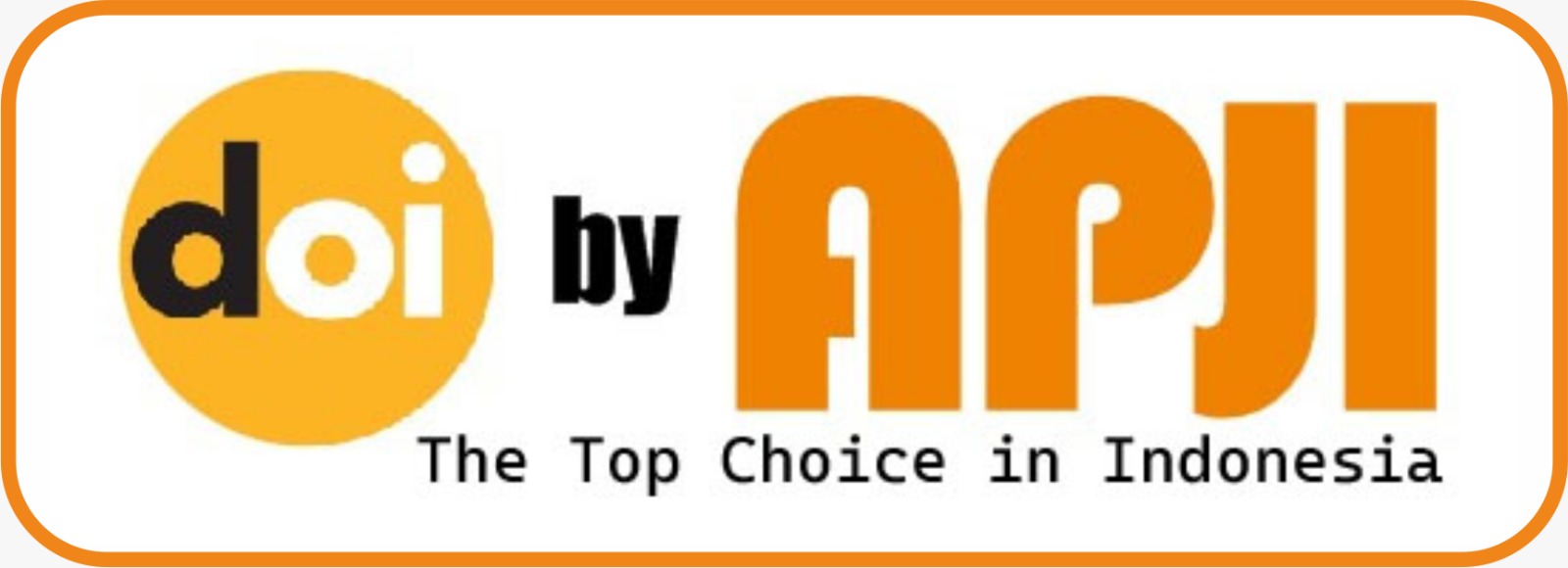Long-Term Impact of COVID-19 on Global Air Transport: Analyzing Recovery Patterns and Strategic Responses
DOI:
https://doi.org/10.69930/fsst.v2i1.339Keywords:
COVID-19 Impact, global air transportation, aviation recovery strategies, passenger traffic analysis, air transport crisis managementAbstract
The outbreak of COVID-19 has tremendously affected the world’s aviation business by causing significant losses and organizational difficulties. Specifically, in this paper, the analysis of the changes in the conditions of the pandemic’s effect on the financial and traffic indicators of the companies in the aviation field and patterns of their operational strategies is considered. Based on the data, which covers January 2019- December 2021, it is established that there are revenue and passenger indicators that decrease with only partial restoration by the end of 2021. Various financial records obtained from the airline reports reveal massive reductions in revenue and increased expenses on cancellations and the grounding of aircraft. Using the passenger traffic data from IATA and ACI, it is possible to study the passenger volumes and analyze the time series to determine main recovery tendencies. Primary data from the surveys conducted in 2020 and 2021 to understand the passengers’ confidence and travel inclination revealed a gradual recovery. This paper also focuses on other adaptive actions by airlines, like route changes and operation strategies to minimize losses. The results imply a focus on effective crisis management and policy measures to promote the improvement of resilience in businesses and industries. The issues and guidelines for future preparation are the creation of financial buffers, the implementation of contingent organizational structures, and the development of additional funding sources. Based on the current study, the following recommendations are proposed to policymakers, airline operators, and other related stakeholders.
References
Abdelati, M. H. (2024). Smart Traffic Management for Sustainable Development in Cities: Enhancing Safety and Efficiency. International Journal of Advanced Engineering and Business Sciences, 5(1).
Arena, M., & Aprea, C. (2021). Impact of COVID-19 pandemic on air transport: Overview and implications. Advances in Environmental and Engineering Research, 2(1), 1-14.
Barczak, A., Dembińska, I., Rozmus, D., & Szopik-Depczyńska, K. (2022). The Impact of COVID-19 pandemic on air transport passenger markets-implications for selected EU airports based on time series models analysis. Sustainability, 14(7), 4345.
Bielecki, M., Patel, D., Hinkelbein, J., Komorowski, M., Kester, J., Ebrahim, S., . . . Schlagenhauf, P. (2020). Reprint of: Air travel and COVID-19 prevention in the pandemic and peri-pandemic period: A narrative review. Travel medicine and infectious disease, 38, 101939.
Butler, M. J., & Barrientos, R. M. (2020). The impact of nutrition on COVID-19 susceptibility and long-term consequences. Brain, behavior, and immunity, 87, 53-54.
Chen, H.-C., & Yeh, C.-W. (2021). Global financial crisis and COVID-19: Industrial reactions. Finance Research Letters, 42, 101940.
Feng, C.-M., & Wang, R.-T. (2000). Performance evaluation for airlines including the consideration of financial ratios. Journal of Air Transport Management, 6(3), 133-142.
Gonne, N., & Hubert, O. (2020). Spatial distancing: air traffic, COVID-19 propagation, and the cost efficiency of air travel restrictions. Covid Economics, 24, 111-125.
Grewe, V., Gangoli Rao, A., Grönstedt, T., Xisto, C., Linke, F., Melkert, J., . . . Christie, S. (2021). Evaluating the climate impact of aviation emission scenarios towards the Paris agreement including COVID-19 effects. Nature Communications, 12(1), 3841.
He, P., Niu, H., Sun, Z., & Li, T. (2021). Accounting index of COVID-19 impact on Chinese industries: A case study using big data portrait analysis. In Research on Pandemics (pp. 200-217): Routledge.
IATA, I. (2022). Air passenger market analysis. In: International Air Transport Association Montreal, QC, Canada.
Kešeľová, M., Šváb, P., Korba, P., & Hovanec, M. (2020). The impact of the covid-19 outbreak on aviation. Zeszyty Naukowe. Organizacja i Zarządzanie/Politechnika Śląska(148), 253-262.
Löffert, R. M., & Diehl, M.-R. (2023). A psychological contract perspective to managing the employment relationship during the COVID-19 pandemic in the aviation industry. The InTernaTIonal Journal of human resource managemenT, 34(15), 3023-3050.
Rimmer, P. J. (2020). Aviation and the COVID-19 Pandmic: Flying to the'Next Normal'. Journal of International Trade, Logistics and Law, 6(2), 119-136.
Sanchez-Ramirez, D. C., Normand, K., Zhaoyun, Y., & Torres-Castro, R. (2021). Long-term impact of COVID-19: a systematic review of the literature and meta-analysis. Biomedicines, 9(8), 900.
Swastanto, G. A., Putri, F., Keller, J., & Faith, E. (2022). Student Paper: Study of COVID-19 Impact on Aviation Maintenance Training in Indonesia. Paper presented at the 2022 ASEE Annual Conference & Exposition.
Szczygielski, J. J., Charteris, A., Bwanya, P. R., & Brzeszczyński, J. (2022). The impact and role of COVID-19 uncertainty: A global industry analysis. International Review of Financial Analysis, 80, 101837.
Teker, S., Teker, D., & Güner, A. (2016). Financial performance of top 20 airlines. Procedía-Social and behavioral sciences, 235, 603-610.
Zakaria, I. H., Abashah, A., Alshuaibi, M. S. I., Othman, A., Ahmad, N., Yaziz, M. F. A., & Akanmu, M. D. (2023). Preparation of aviation industry transition on COVID-19 from pandemic to endemic phase: a review. International Journal of Professional Business Review: Int. J. Prof. Bus. Rev., 8(4), 2.
Астахов, К., & Бойко, Я. (2023). COVID-19 impact on the airports’and their home carriers’marketing strategy. Економіка та суспільство(58).



















